NEW

Application Development in Arrays and Signal Transformers for CFR-25JB-52-1R2: Key Technologies and Success StoriesApplication development in arrays and signal transformers, particularly for components like the CFR-25JB-52-1R2, requires a deep understanding of both the technical specifications of the component and its applications across various industries. Below, I will outline key technologies related to arrays and signal transformers, as well as notable success stories that illustrate their application.
Key Technologies1. Signal Transformers2. Arrays3. Embedded Systems4. Simulation and Modeling1. Telecommunications2. Consumer Electronics3. Medical Devices4. Automotive Industry5. Industrial Automation Success Stories ConclusionThe integration of signal transformers and arrays in various applications has led to significant advancements across multiple industries. The CFR-25JB-52-1R2, as a specific component, plays a crucial role in these broader trends, contributing to improved performance, reliability, and innovation in electronic systems. As technology continues to evolve, the importance of these components will only grow, leading to new applications and success stories in the future. The ongoing development in this field promises to enhance capabilities in telecommunications, consumer electronics, healthcare, automotive, and industrial automation, driving further innovation and efficiency.
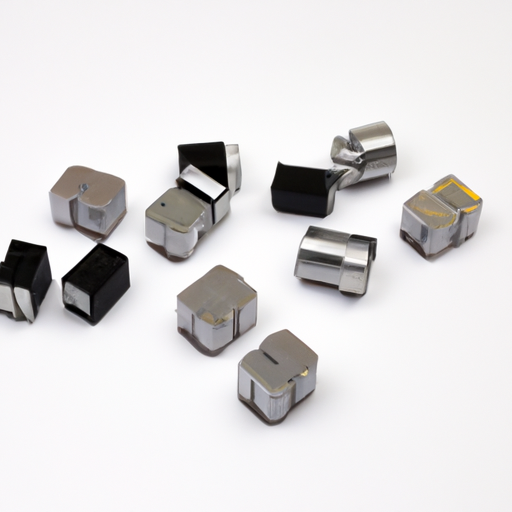
CFR-25JB-52-1M2 Adjustable Inductors: Core Functional Technology and Application DevelopmentIntroduction to Adjustable Inductors
Adjustable inductors, such as the CFR-25JB-52-1M2, are critical components in a wide range of electronic circuits. They allow for the tuning of inductance values to meet specific application requirements, making them particularly valuable in RF (radio frequency) applications, filters, oscillators, and other circuits where precise inductance is essential for optimal performance. Core Functional Technology1. Variable Inductance Mechanism2. Material Composition3. Temperature Stability4. Compact Design5. High Q Factor1. RF Tuners2. Filters3. Oscillators4. Power Supply Regulation5. Audio Applications Application Development Cases ConclusionThe CFR-25JB-52-1M2 adjustable inductor exemplifies the versatility and functionality of adjustable inductors in modern electronic applications. Its ability to provide variable inductance, combined with high performance and stability, makes it an invaluable component in RF, filtering, oscillation, and power regulation applications. As technology continues to evolve, the demand for such adjustable components is expected to increase, driving further innovation in their design and application. The CFR-25JB-52-1M2 stands as a testament to the importance of adjustable inductors in achieving optimal performance in a variety of electronic systems.
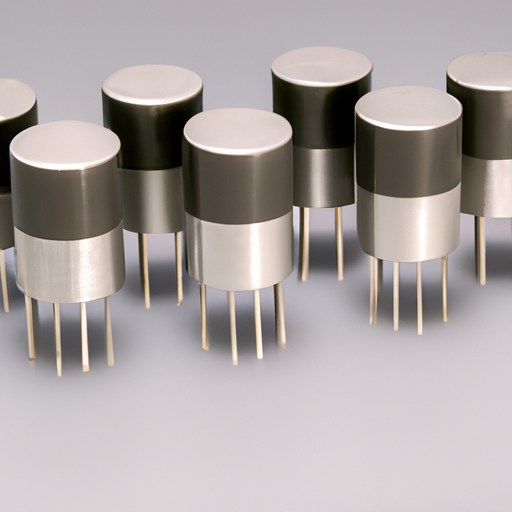
Application Development in Aluminum-Polymer Capacitors for CFR-25JB-52-1K2: Key Technologies and Success StoriesAluminum-polymer capacitors, such as the CFR-25JB-52-1K2, are increasingly favored in various electronic applications due to their unique characteristics, including high capacitance, low equivalent series resistance (ESR), and excellent thermal stability. Below, we explore the key technologies that underpin their development and highlight notable success stories across different industries.
Key Technologies1. Electrolyte Formulation2. Anode and Cathode Materials3. Manufacturing Techniques4. Thermal Management5. Miniaturization6. Simulation and Modeling1. Consumer Electronics2. Automotive Applications3. Renewable Energy Systems4. Industrial Automation5. Telecommunications Success Stories ConclusionThe development and application of aluminum-polymer capacitors like the CFR-25JB-52-1K2 are driven by advancements in materials science, manufacturing techniques, and thermal management. Their success across diverse industries underscores their versatility and performance advantages, making them a preferred choice for modern electronic applications. As technology continues to evolve, we can anticipate further innovations that will enhance the capabilities and applications of aluminum-polymer capacitors, solidifying their role in the future of electronics.
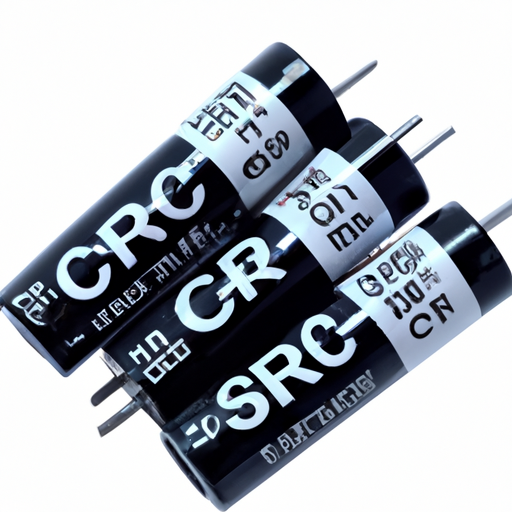
Overview of Silicon Capacitors: CFR-50JB-52-1K2Silicon capacitors, particularly models like the CFR-50JB-52-1K2, represent a transformative leap in capacitor technology. Their unique properties make them suitable for a wide range of applications, from consumer electronics to industrial automation. Below, we delve into the core functional technologies and notable application development cases that underscore the effectiveness of silicon capacitors.
Core Functional Technologies1. Silicon-Based Dielectric Material2. High Voltage and Temperature Tolerance3. Low Equivalent Series Resistance (ESR)4. Integration with Silicon ICs5. Scalability1. Consumer Electronics2. Automotive Applications3. Telecommunications4. Medical Devices5. Industrial Automation Application Development Cases ConclusionSilicon capacitors, exemplified by the CFR-50JB-52-1K2, are leading the charge in capacitor technology, offering significant advantages in size, efficiency, and performance. Their diverse applications across various industries—from consumer electronics to automotive and medical devices—highlight their versatility and effectiveness. As technology continues to advance, the role of silicon capacitors is poised to expand, driving further innovation in electronic design and functionality. The ongoing development and integration of these capacitors will likely play a crucial role in shaping the future of electronic systems.
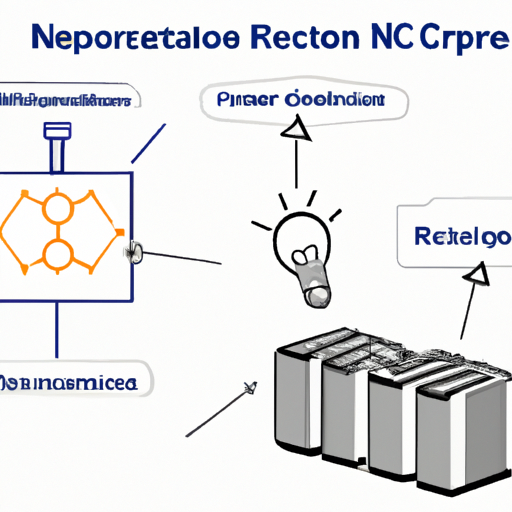
Application Development in Niobium Oxide Capacitors for CFR-50JB-52-1R2: Key Technologies and Success StoriesNiobium oxide capacitors, particularly exemplified by the CFR-50JB-52-1R2 model, represent a significant leap in capacitor technology, offering unique properties that cater to a wide array of applications. Below is a detailed overview of the key technologies driving their development and notable success stories that highlight their impact across various industries.
Key Technologies1. Material Composition2. Manufacturing Techniques3. Electrode Design4. Integration with Other Technologies5. Testing and Quality Assurance1. Consumer Electronics2. Automotive Applications3. Renewable Energy Systems4. Telecommunications5. Medical Devices Success Stories ConclusionThe development of niobium oxide capacitors, particularly in the context of the CFR-50JB-52-1R2, exemplifies the potential of advanced materials and manufacturing techniques in creating high-performance electronic components. Their successful application across diverse industries underscores their versatility and reliability, paving the way for further innovations in capacitor technology. As the demand for smaller, more efficient, and reliable capacitors continues to rise, niobium oxide capacitors are poised to play a pivotal role in the future of electronic design and application, driving advancements in technology and enhancing the performance of electronic systems worldwide.
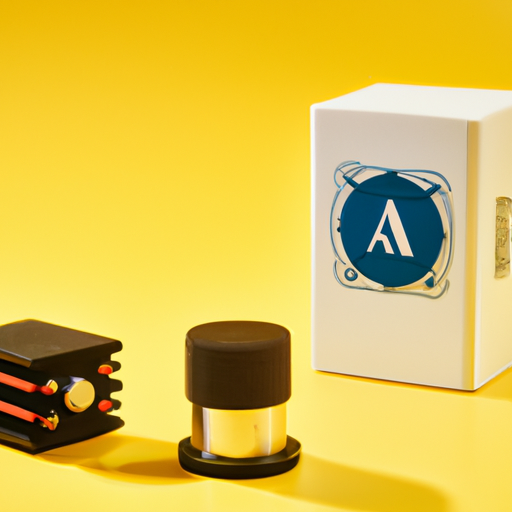
Application Development in Trimmers and Variable Capacitors: CFR-25JB-52-1R1The development of trimmers and variable capacitors, such as the CFR-25JB-52-1R1, is a dynamic field that leverages cutting-edge technologies to enhance performance across various electronic applications. Below, we delve into the key technologies driving this development and highlight notable success stories that showcase their impact.
Key Technologies1. Material Science2. Microfabrication Techniques3. Automated Tuning Mechanisms4. Simulation and Modeling5. Integration with Smart Technologies6. High-Frequency Performance1. Telecommunications2. Consumer Electronics3. Automotive Applications4. Medical Devices5. Aerospace and Defense Success Stories ConclusionThe ongoing development of trimmers and variable capacitors, exemplified by components like the CFR-25JB-52-1R1, is vital for advancing technology across multiple sectors. By harnessing innovations in materials, fabrication techniques, and smart technology integration, these components significantly enhance the performance and functionality of electronic devices. The diverse success stories in telecommunications, consumer electronics, automotive, medical, and aerospace industries underscore their versatility and critical role in modern technology. As the demand for more sophisticated electronic solutions continues to grow, the importance of these components will only increase, driving further innovation and application development.
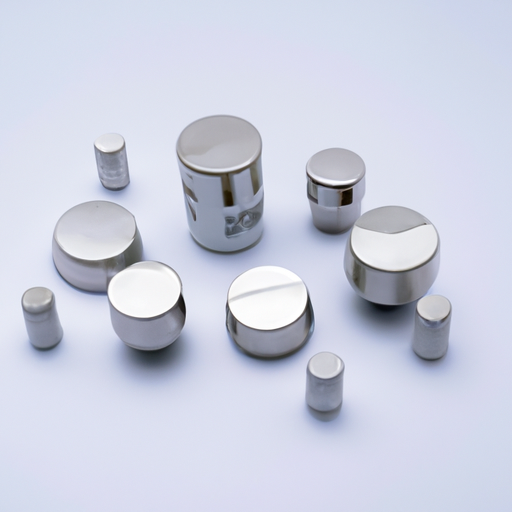
Mica and PTFE Capacitors: Core Functional Technologies and Application Development CasesMica and PTFE (Polytetrafluoroethylene) capacitors are specialized electronic components known for their unique properties, making them suitable for a variety of demanding applications. Below is a detailed overview of their core functional technologies, application development cases, and relevant articles that highlight their significance in the electronics industry.
Core Functional Technologies 1. Mica Capacitors
- **Dielectric Properties**: Mica capacitors utilize natural mica as a dielectric material, which provides exceptional thermal stability, low loss, and high insulation resistance. This makes them ideal for applications requiring consistent performance over a wide temperature range.
- **High Voltage Ratings**: These capacitors can handle high voltage applications, making them suitable for RF (radio frequency) and high-frequency circuits, where voltage stability is critical.
- **Low Drift Characteristics**: Mica capacitors exhibit minimal capacitance drift over time, which is essential for precision applications such as oscillators and filters. 2. PTFE Capacitors
- **Chemical Resistance**: PTFE capacitors are highly resistant to chemicals and moisture, making them ideal for use in harsh environments, including industrial and medical applications.
- **Low Loss Factor**: PTFE has a low dissipation factor, which is advantageous for high-frequency applications, as it reduces energy loss and improves efficiency.
- **Wide Temperature Range**: PTFE capacitors can operate effectively across a broad temperature range, maintaining performance in extreme conditions, which is crucial for aerospace and defense applications. Application Development Cases 1. Telecommunications
- Mica capacitors are widely used in RF amplifiers and filters due to their stability and low loss characteristics. They play a critical role in ensuring signal integrity in communication systems, particularly in high-frequency applications. 2. Aerospace and Defense
- Both mica and PTFE capacitors are essential in aerospace applications where reliability and performance under extreme conditions are paramount. Mica capacitors are commonly found in radar systems, while PTFE capacitors are utilized in avionics and military communication systems, where durability is crucial. 3. Medical Devices
- In medical electronics, precision and reliability are vital. Mica capacitors are used in devices such as MRI machines and ultrasound equipment, where stable performance is essential. PTFE capacitors are also employed in medical devices that require chemical resistance, ensuring longevity and reliability. 4. Industrial Equipment
- Mica capacitors are employed in industrial power supplies and motor drives, where high voltage and reliability are necessary. PTFE capacitors are used in applications exposed to corrosive environments, such as chemical processing equipment. 5. Consumer Electronics
- PTFE capacitors are increasingly being used in high-end audio equipment and other consumer electronics where low distortion and high fidelity are required. Their performance characteristics enhance sound quality and overall device reliability. Articles and Research1. "The Role of Mica Capacitors in High-Frequency Applications"2. "Advancements in PTFE Capacitor Technology"3. "Comparative Analysis of Dielectric Materials in Capacitors"4. "Mica Capacitors: A Historical Perspective and Future Trends"5. "PTFE Capacitors in Harsh Environments: Performance and Reliability" ConclusionMica and PTFE capacitors are essential components in modern electronics, offering unique advantages that cater to specific application needs. Their reliability, stability, and performance in challenging environments make them invaluable in telecommunications, aerospace, medical devices, and more. Continued research and development in these technologies will likely lead to even broader applications and improved performance in the future, solidifying their role in advancing electronic systems.
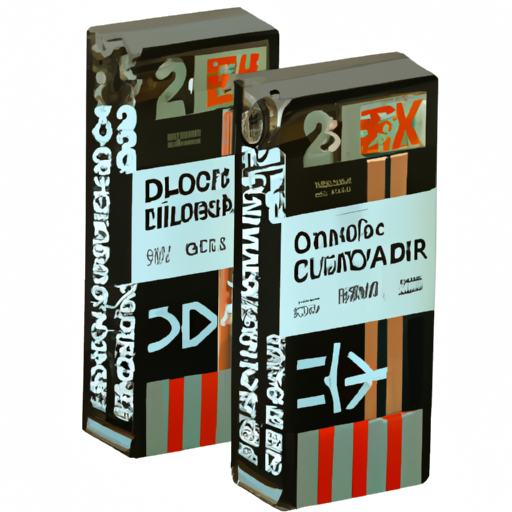
Electric Double Layer Capacitors (EDLCs) and Supercapacitors: Core Technologies and ApplicationsElectric Double Layer Capacitors (EDLCs), commonly referred to as supercapacitors, are advanced energy storage devices that combine the characteristics of traditional capacitors and batteries. They are particularly valued for their ability to store and deliver energy rapidly, making them suitable for a wide range of applications. Below, we delve into the core functional technologies that underpin EDLCs and highlight notable application development cases.
Core Functional Technologies of EDLCs1. Electrochemical Double Layer Formation2. High Surface Area Materials3. Electrolyte Types4. Hybrid Capacitors5. Energy and Power Density1. Electric Vehicles (EVs)2. Renewable Energy Systems3. Consumer Electronics4. Industrial Applications5. Smart Grids6. Wearable Technology Application Development Cases ConclusionElectric Double Layer Capacitors (EDLCs) or supercapacitors represent a significant advancement in energy storage technology, offering unique advantages such as high power density, long cycle life, and rapid charge/discharge capabilities. Their diverse applications span various industries, from automotive to renewable energy, and ongoing research continues to enhance their performance and expand their use cases. As technology evolves, supercapacitors are poised to play an increasingly vital role in the transition to sustainable energy solutions, addressing the growing demand for efficient and reliable energy storage systems.
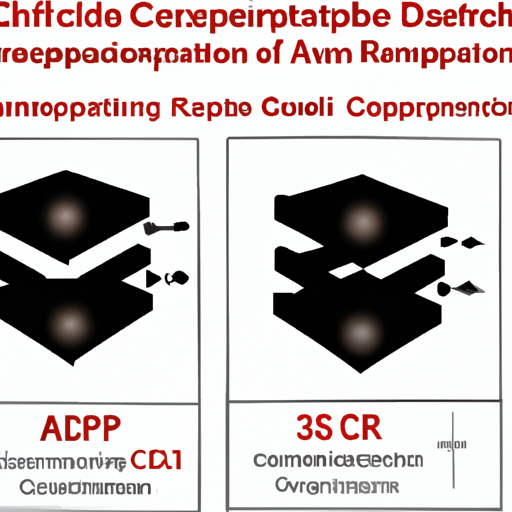
Application Development in Ceramic Capacitors for CFR-50JB-52-1K1: Key Technologies and Success StoriesCeramic capacitors, particularly the CFR-50JB-52-1K1, are integral components in modern electronics, known for their reliability, stability, and performance. The development and application of these capacitors involve several key technologies and methodologies that enhance their functionality across various industries. Below are insights into these technologies and notable success stories.
Key Technologies1. Material Science Innovations2. Manufacturing Techniques3. Simulation and Modeling4. Quality Control and Testing1. Consumer Electronics2. Automotive Applications3. Telecommunications4. Medical Devices5. Industrial Automation Success Stories ConclusionThe application development of ceramic capacitors like the CFR-50JB-52-1K1 is propelled by advancements in materials, manufacturing techniques, and rigorous testing protocols. Their versatility and reliability have led to successful implementations across various industries, including consumer electronics, automotive, telecommunications, medical devices, and industrial automation. As technology continues to evolve, the role of ceramic capacitors is expected to expand, paving the way for new applications and innovations that will further enhance electronic performance and reliability.
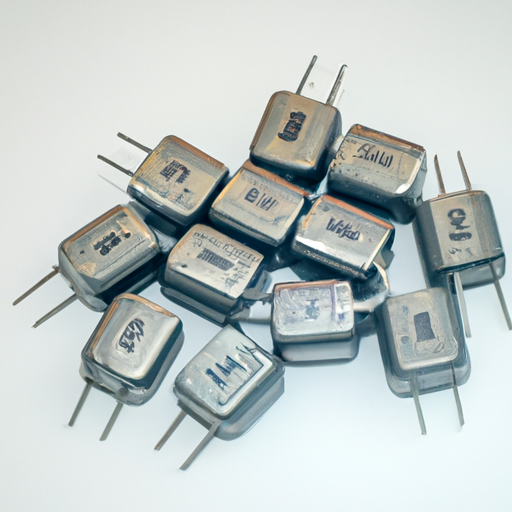
Tantalum Capacitors: Core Functional Technology and Application DevelopmentTantalum capacitors are integral components in modern electronic circuits, known for their high capacitance per volume, stability, and reliability. This document highlights key articles and application cases that illustrate the effective use of tantalum capacitors, particularly in conjunction with integrated circuits like the MM74HC4020N binary ripple counter.
Core Functional Technology Articles1. Understanding Tantalum Capacitors:2. Reliability and Failure Mechanisms:3. Applications of Tantalum Capacitors:1. Consumer Electronics:2. Automotive Applications:3. Industrial and Medical Devices: Application Development Cases ConclusionTantalum capacitors are indispensable in contemporary electronics, providing essential functions across various applications, from consumer electronics to automotive and medical devices. Understanding their characteristics, reliability, and application cases enables engineers to make informed decisions when designing circuits that require high-performance capacitors. As technology advances, the demand for reliable and efficient tantalum capacitors is expected to grow, solidifying their status as a key component in future electronic designs. By leveraging the unique properties of tantalum capacitors, engineers can enhance the performance and reliability of circuits, including those utilizing ICs like the MM74HC4020N, ultimately leading to more robust and efficient electronic systems.
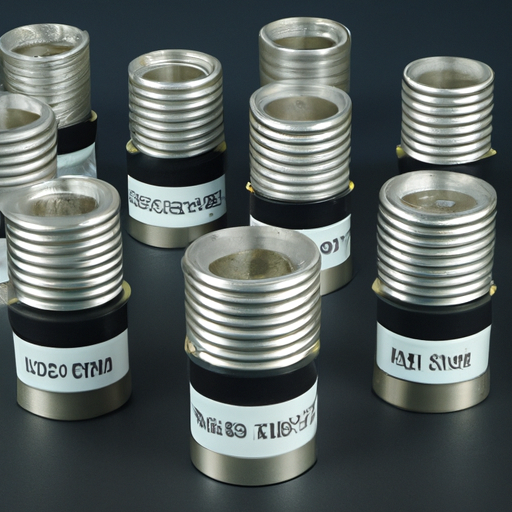
Application Development in Aluminum Electrolytic Capacitors for CFR-50JB-52-1R1: Key Technologies and Success StoriesAluminum electrolytic capacitors, including the CFR-50JB-52-1R1 model, are integral components in a wide range of electronic applications due to their high capacitance values, cost-effectiveness, and reliability. The development and application of these capacitors involve several key technologies and methodologies that enhance their performance and longevity. Below are some of the key technologies and notable success stories associated with aluminum electrolytic capacitors.
Key Technologies1. Electrolyte Formulation2. Anodization Techniques3. Improved Foil Manufacturing4. Hybrid Capacitor Technologies5. Simulation and Modeling6. Environmental Considerations1. Consumer Electronics2. Automotive Applications3. Renewable Energy Systems4. Industrial Automation5. Telecommunications Success Stories ConclusionThe development of aluminum electrolytic capacitors, such as the CFR-50JB-52-1R1, is propelled by advancements in materials, manufacturing processes, and application-specific requirements. As technology continues to evolve, these capacitors will play an increasingly vital role across various industries, enhancing the performance and reliability of electronic systems. The success stories from diverse sectors underscore the versatility and significance of aluminum electrolytic capacitors in contemporary electronics, paving the way for future innovations and applications.

Application Development in Specialized Resistors for CFR-25JB-52-1R: Key Technologies and Success StoriesThe CFR-25JB-52-1R is a prominent member of the CFR series of thick film resistors, known for their reliability, stability, and cost-effectiveness in various electronic applications. This document explores the key technologies that underpin the development of specialized resistors like the CFR-25JB-52-1R, along with notable success stories that illustrate their impact across different industries.
Key Technologies1. Thick Film Technology 2. Automated Manufacturing Processes 3. Material Science Innovations 4. Environmental Compliance 5. Simulation and Modeling 6. Custom Solutions 1. Consumer Electronics 2. Automotive Applications 3. Medical Devices 4. Industrial Automation 5. Telecommunications Success Stories ConclusionThe CFR-25JB-52-1R resistor exemplifies the advancements in resistor technology and its applications across various industries. By leveraging thick film technology, automated manufacturing, and material innovations, manufacturers can produce high-quality resistors that meet the demands of modern electronic applications. The success stories across consumer electronics, automotive, medical devices, industrial automation, and telecommunications highlight the versatility and reliability of specialized resistors in driving innovation and performance in electronic systems. As technology continues to evolve, the role of specialized resistors like the CFR-25JB-52-1R will remain critical in shaping the future of electronic design and application development.
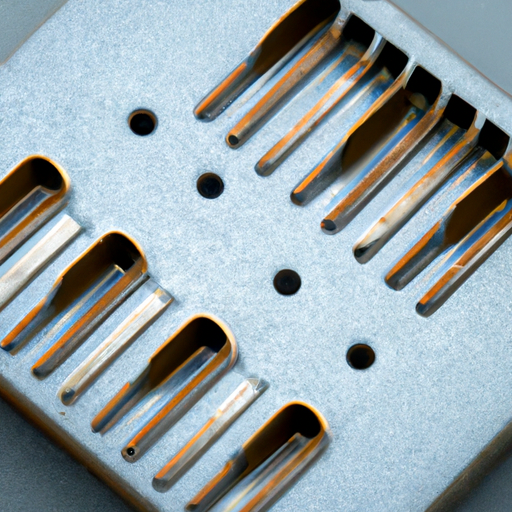
Application Development in Through-Hole Resistors for CFR-50JB-52-1M: Key Technologies and Success StoriesThrough-hole resistors, such as the CFR-50JB-52-1M, are integral components in a wide range of electronic applications due to their reliability, stability, and ease of handling during assembly. This overview highlights the key technologies that enhance their performance and some notable success stories that illustrate their application across various industries.
Key Technologies1. Material Science2. Manufacturing Techniques3. Testing and Quality Assurance4. Design Innovations5. Simulation and Modeling1. Consumer Electronics2. Automotive Applications3. Industrial Equipment4. Medical Devices5. Telecommunications Success Stories ConclusionThrough-hole resistors like the CFR-50JB-52-1M remain vital components across various industries, thanks to advancements in materials, manufacturing processes, and design innovations. Their reliability and performance have led to successful implementations in consumer electronics, automotive, industrial, medical, and telecommunications sectors. As technology continues to evolve, the role of through-hole resistors will adapt, but their fundamental advantages will ensure their continued relevance in the electronic components landscape.
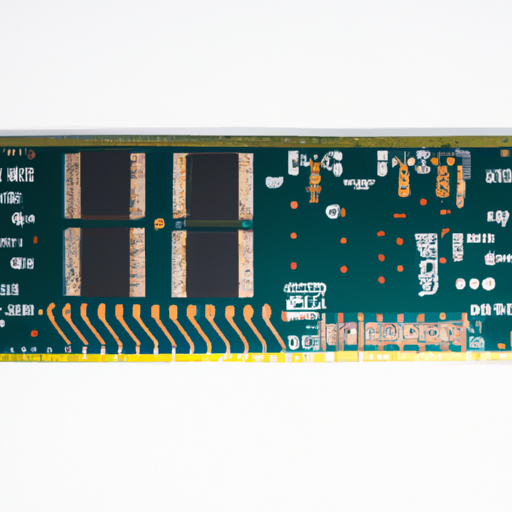
MM74HC4049N and Resistor Networks: Core Functional Technologies and Application Development CasesThe MM74HC4049N is a hex inverter that plays a crucial role in digital logic applications. When integrated with resistor networks and arrays, it can enhance circuit performance and functionality. Below, we explore the core functional technologies and application development cases that highlight the effective use of resistor networks and arrays in conjunction with the MM74HC4049N.
Core Functional Technologies1. Resistor Networks2. Resistor Arrays3. Voltage Divider Networks4. Pull-Up and Pull-Down Resistors5. Biasing Networks1. Signal Conditioning2. Level Shifting3. Analog Signal Processing4. LED Drivers5. Testing and Prototyping Application Development Cases ConclusionThe MM74HC4049N, while primarily a logic device, can be effectively utilized alongside resistor networks and arrays to enhance circuit functionality. By understanding the core technologies and application cases, engineers can innovate and create efficient, reliable, and compact electronic solutions across various fields, including consumer electronics, automotive, and industrial applications. Leveraging these components allows for the development of sophisticated designs that meet modern electronic demands.
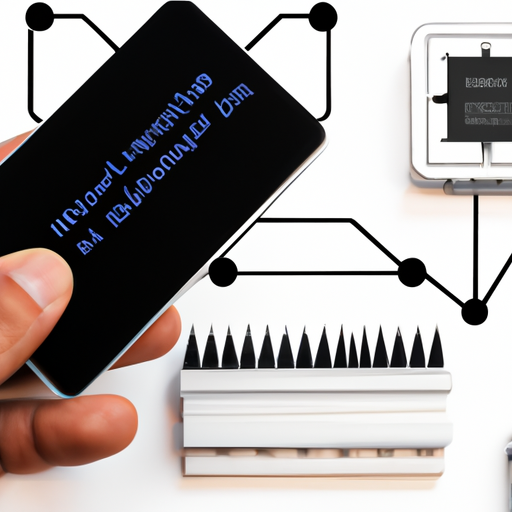
Application Development in RF and Wireless for CFR-25JB-52-1K: Key Technologies and Success StoriesApplication development in RF (Radio Frequency) and wireless technologies, particularly in the context of CFR-25JB-52-1K, encompasses a variety of key technologies and methodologies that facilitate effective communication and data transfer across numerous applications. While CFR-25JB-52-1K may refer to a specific RF component or standard, the following overview highlights essential technologies and notable success stories in RF and wireless application development.
Key Technologies in RF and Wireless Development1. Modulation Techniques2. RF Components3. Antenna Technology4. Wireless Standards5. Software-Defined Radio (SDR)6. IoT (Internet of Things)7. Network Protocols1. Smart Cities2. Telemedicine3. Industrial Automation4. Connected Vehicles5. Agricultural Technology6. Consumer Electronics Success Stories in RF and Wireless Application Development ConclusionThe development of RF and wireless applications, particularly in the context of standards like CFR-25JB-52-1K, is propelled by advancements in modulation techniques, RF components, antenna technology, and IoT integration. The success stories across various sectors illustrate the transformative impact of these technologies, enhancing efficiency, connectivity, and user experience. As the demand for wireless communication continues to rise, ongoing innovation in this field will be essential for addressing future challenges and seizing new opportunities.
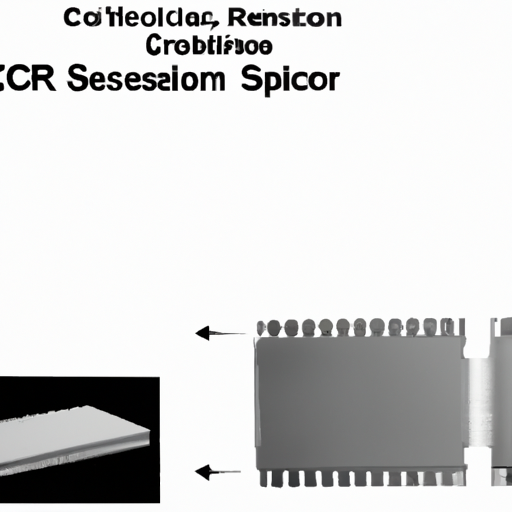
Overview of CFR-50JB-52-1R Discrete Semiconductor ProductsThe CFR-50JB-52-1R is a specific model of discrete semiconductor products, typically categorized under power semiconductors. These components are crucial in various electronic applications, providing essential functions such as switching, amplification, and voltage regulation. Below is a detailed overview of the core functional technologies and application development cases relevant to discrete semiconductor products, including the CFR-50JB-52-1R.
Core Functional Technologies of Discrete Semiconductor Products1. Diodes2. Transistors3. Thyristors4. Integrated Circuits (ICs)5. Power Semiconductors1. Power Supply Design2. Motor Control3. LED Drivers4. Renewable Energy Systems5. Automotive Applications6. Consumer Electronics Application Development Cases ConclusionDiscrete semiconductor products, including the CFR-50JB-52-1R, play a vital role in a wide array of applications, from power management to signal processing. Understanding the core technologies and exploring application development cases can help engineers and designers optimize their designs for efficiency, reliability, and performance. For specific articles and case studies, industry journals, manufacturer white papers, and technical conferences are excellent resources to explore further. These resources can provide deeper insights into the latest advancements and practical applications of discrete semiconductor technologies.
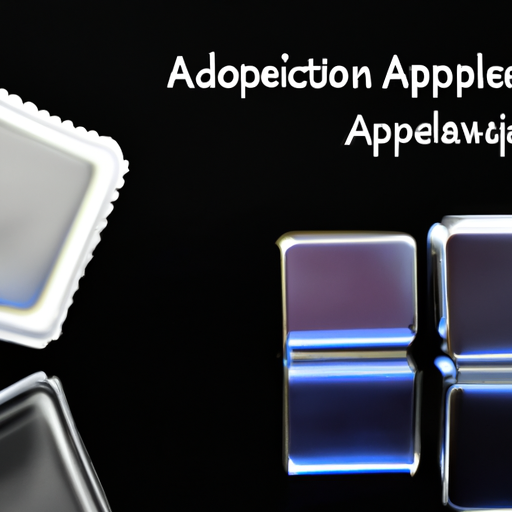
Application Development in Crystals, Oscillators, and Resonators for ECS-F1HE155K: Key Technologies and Success StoriesThe ECS-F1HE155K crystal oscillator is a pivotal component in the realm of electronic applications, providing stable frequency references essential for timing in a diverse array of devices. This overview highlights the key technologies that underpin the ECS-F1HE155K and showcases notable success stories that illustrate its impact across various industries.
Key Technologies1. High-Frequency Stability 2. Low Power Consumption 3. Miniaturization 4. Temperature Compensation 5. Integration with Other Components 6. Digital Control and Tuning 1. Consumer Electronics 2. Telecommunications 3. Industrial Automation 4. Medical Devices 5. Internet of Things (IoT) Success Stories ConclusionThe ECS-F1HE155K crystal oscillator represents significant advancements in crystal technology, addressing the evolving needs of various industries. Its applications span consumer electronics, telecommunications, industrial automation, medical devices, and IoT, underscoring its versatility and critical role in modern electronic systems. As technology continues to progress, the importance of crystal oscillators like the ECS-F1HE155K will remain paramount in ensuring the performance, reliability, and efficiency of electronic devices across diverse applications.